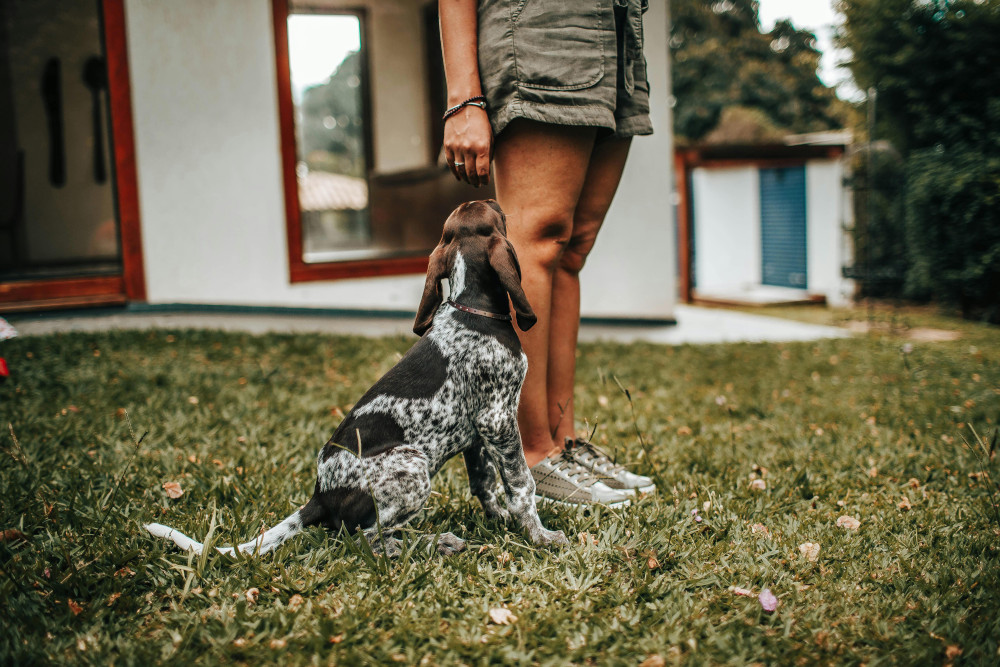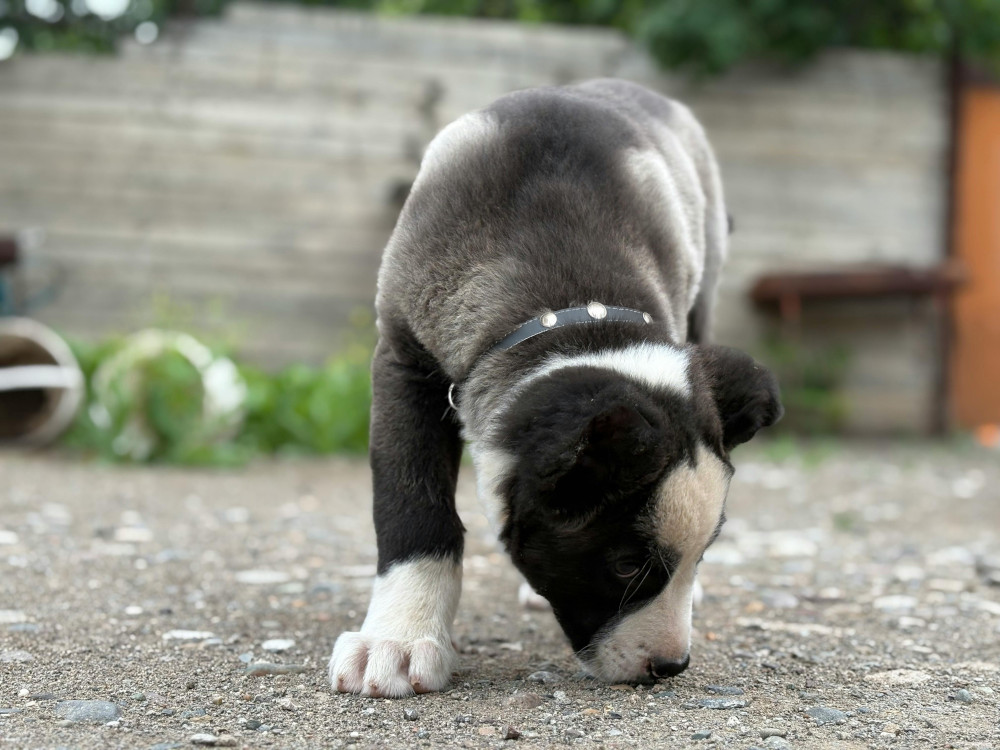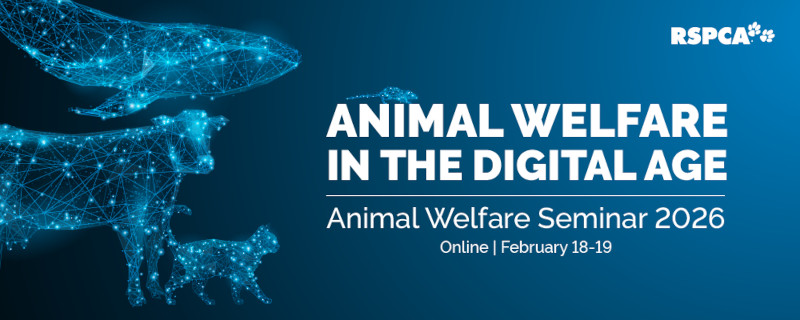Toilet training a puppy or dog is important but takes time and patience (also called ‘house training’). Just as with children, every puppy or dog is different and will learn at their own pace.
The best way to ensure that the toilet training process is successful is to use reward-based positive reinforcement training. This process involves providing your puppy or dog with plenty of opportunities to go outside to the area you want them to use to toilet. At the same time, it’s important to reward your dog every time (or as often as possible) they toilet in the right place.
The reward must occur immediately after the event (within a second or two), not when the dog comes back inside, to ensure they understand the association between the action (going to the toilet in the right spot) and receiving a reward. Ideally, the reward should be high value (favourite) treats, combined with verbal praise (e.g., saying “good dog” in a happy or excited tone of voice).
You can also teach your dog to toilet on cue by deciding on a word or phrase (e.g., “go toilet”) and repeating the word or phrase as the puppy toilets, then follow with the reward as soon as they finish. With consistency and repetition your dog will learn to toilet on cue when you say your chosen phrase.
Success relies on supervising your puppy or dog as much as possible throughout the day so as not to miss the opportunity to take them to their toileting area and reward them when they toilet in the right place. The more often you do this, the faster your dog will learn. Remember to take your puppy or dog to the toilet area first thing in the morning, after a nap and after a meal as dogs will often need to go to the toilet at these times. Also take them to the toilet area frequently throughout the day.

Look out for signs your puppy or dog needs to go to the toilet such as sniffing the ground and turning in a circle. If you notice these signs, immediately take your dog to their toileting area and reward them as soon as they have finished.

If your puppy or dog toilets in the wrong place, it’s very important not to punish them. Old-fashioned and outdated techniques like ‘rubbing the dog’s nose in it’ or any form of punishment will not teach your dog anything and can negatively impact welfare and the human-dog relationship. It can also result in your dog avoiding going to the toilet in your presence. This makes it very difficult to reward the behaviour. Instead, you can calmly interrupt the behaviour if you catch them in the act and immediately take them to their toileting area. If you find the accident after the fact, it’s best to clean it up without reacting in a negative way.
You should clean the area thoroughly with a non-ammonia-based cleaning product (these can be found at your local veterinary clinic or pet supplies store) to take away the scent and reduce the likelihood of your dog using the same place again.
It is very important to understand that young puppies do not have full control over their urination until they are a bit older and have developed better control. This means that very young puppies can make a toileting mistake without being able to prevent or control it.
Puppy pads can be useful during the toilet training process, especially when you’re unable to supervise your puppy or need to leave the house. As your puppy gains better control of their bladder and learns to toilet on cue, the puppy pads should be removed.
Once your dog is toilet trained, ensure they can always access their toileting area, even when you’re not home. It’s also important to continue to reward them for toileting in the correct place, every now and then, to maintain the behaviour long term.
References
Learn, A., Radosta, L., & Pike, A. (2020). Preliminary assessment of differences in completeness of house-training between dogs based on size. Journal of Veterinary Behavior, 35: 19-26.
Ziv, G. (2017). The effects of using aversive training methods in dogs – A review. Journal of veterinary behavior, 19: 50-60.

